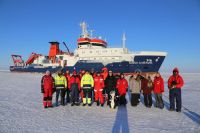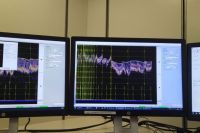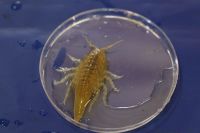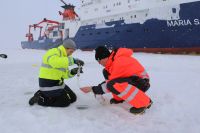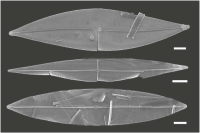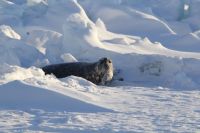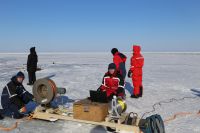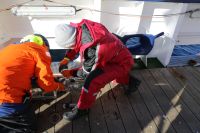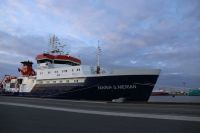
Home run for the RV Maria S. Merian:
Research vessel sets off towards the Baltic Sea ice
for the "Deep Baltic" mission
From February 25 to March 23, 2021, a team of physicists and geologists from Warnemünde, Kiel and Szczecin will be underway in the northern Baltic Sea to investigate the dynamics of winterly deep water circulation. Besides recording the current hydrodynamic conditions near and under the sea ice of the Gulf of Bothnia, the program includes sedimentological and geophysical studies to investigate sediment erosion and deposition characteristics induced by deep-water movement. A further aim is to reconstruct the history of deep water circulation in the northern Baltic Sea during Holocene climate variations recorded in older sediments.
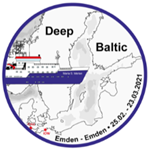
23.03.2021 – Back on land
18.03.2021 – Night owls on board: Looking into the Depth
16.03.2021 – Eye to eye with a living "oxygen indicator"
14.03.2021 – And what happens during the rest of the year?
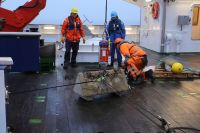
In the Bothnian Sea we set up a small one-year permanent measuring station to record the deep water processes in the course of one year.
13.03.2021 – Night owls on board: tireless CTD drivers
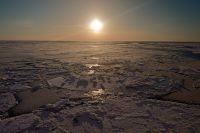
Working in shifts, oceanographers monitor temperature, salinity and oxygen values in the water beneath the ice at night.
13.03.2021 – Sea ice impressions of a scientific assistant
11.03.2021 – Biomarkers: contemporary witnesses of past climates
09.03.2021 – Are we alone here?
09.03.2021 – The microstructure probe on the ice
05.03.2021 – We leave the past and its sediments
and get to the water
01.-04.03.2021 – In search of the “Little Ice Age”
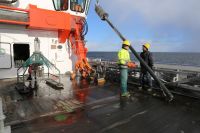
The climate of the Little Ice Age could theoretically have triggered winter convection with ventilation of the deep water in the Gotland Basin. We look for gaps in the sedimentary sequences in question that could prove this.
27.02.2021 – Bornholm Basin: Close to the end of the last ice age
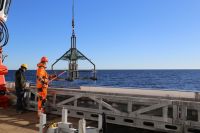
In the Bornholm Basin the witnesses of the end of the last ice age lie partly very shallow under the seafloor. We take a close look at what layers lie above.
26.02.2021 – In the Arkona Basin
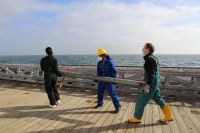
In the first Baltic Sea basin east of the Darss Sill, which significantly affects the water exchange between the North Sea and the Baltic Sea, the distinctive features of the latter become increasingly apparent: salinity stratification and oxygen deficiency at the bottom. Here, the expedition's first measuring and sampling takes place. » more
25.02.2021 – Departure: From the North Sea into the Baltic Sea
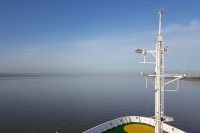
On the way from Emden to the Baltic Sea, we pass very many wind turbines. The first day at sea is also a time to practise safety precautions.
24.02.2021 – It's time to go on board!
| Expedition: | MSM99 |
| Mission: | Deep Baltic |
| Start: | 25.02.2021 - Emden |
| Destination: | 23.03.2021 - Emden |
Maria S. Merian: current position
